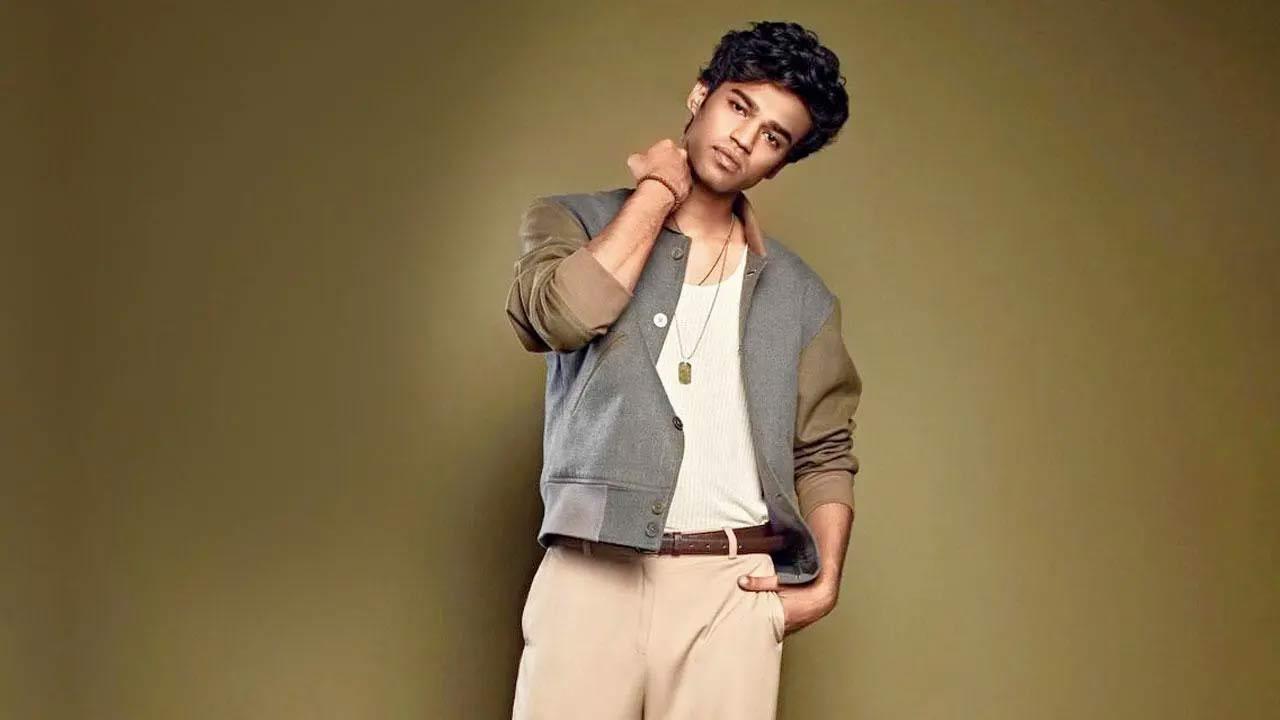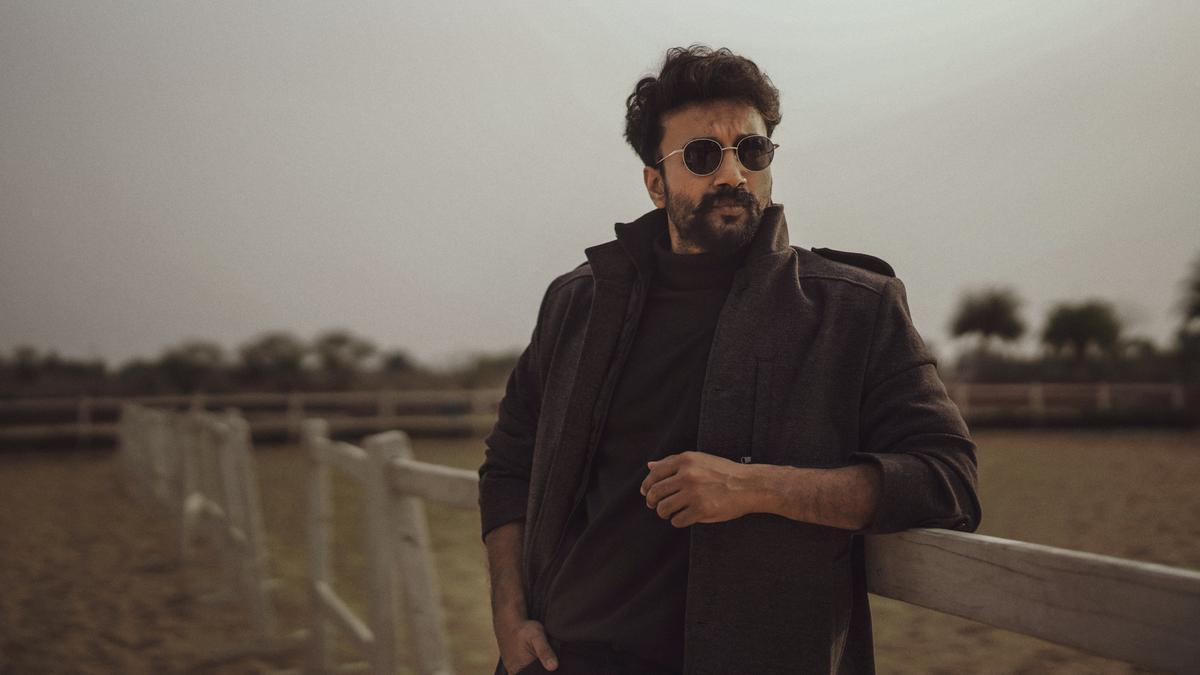
The Indian Premier League (IPL), one of the world’s most prominent cricket tournaments, is set to usher in a new era of technological proficiency with the introduction of its Smart Replay System, aimed at enhancing the speed and accuracy of on-field reviews. This latest breakthrough in cricket technology was detailed in a report by ESPNCricinfo, outlining a significant overhaul in the review process which will see hawk-eye operators collaborating directly with the TV umpire to deliver superior review quality.
Traditionally, the TV umpire would consult with the TV broadcast director, who served as an intermediary between the umpire and the hawk-eye operators. The introduction of the Smart Replay System eradicates the need for this intermediary, allowing the TV umpire to receive real-time inputs directly from the hawk-eye operators, thereby streamlining and accelerating the entire process.
One of the critical enhancements enabled by this new system is the provision of split screens for meticulous evaluation of stumping and close catch calls. In particular, hawk-eye operators are now able to exhibit split screens that are synchronized for catches near the boundary ropes. This synchronization allows the TV umpire to simultaneously observe the fielder releasing the ball and ascertain whether their feet are in contact with the ground or the ropes when the ball is in their grasp. Previously, such a synchronized split-screen view was not available to the umpire.
The system relies on a network of eight hawk-eye cameras strategically placed around the cricket field. There are two cameras each on either side of the pitch and two on each square side. This camera arrangement not only improves the viewing quality for catches taken close to the ground by providing side-on and front images but also allows the umpire to zoom in for a clearer perspective of the catch attempt.
Furthermore, the advanced system will offer split-screen views for overthrows that result in boundaries. Such displays assist the umpire in determining whether the batters had crossed at the point of the fielder’s throw, reflecting on the controversial incident from the ODI World Cup final in 2019.
During reviews for potential stumpings, the Smart Replay System introduces a tri-view display integrating side-on and front-on camera angles. Previously, umpires had access mainly to side-on angles supplemented by a stump cam which captured footage at a much slower frame rate of 50 frames per second (fps). In contrast, Hawk-eye cameras operate at a blistering 300 fps, providing much smoother and detailed high-speed footage.
The introduction of this system is also poised to cut down the time consumed during Leg Before Wicket (LBW) reviews. Hawk-eye operators can now work in tandem with the umpires to bypass redundant steps previously required in the process, such as checking animations of the bowler’s front arm before proceeding to inspect the ultra edge and finally ball tracking.
Preparing for the transition, the Indian board hosted a two-day intensive workshop for a select group of umpires, with approximately 15 anticipated to operate the new system in the forthcoming edition of the lucrative IPL. The Smart Replay System not only represents an evolutionary step in cricket technology but also reinforces the IPL’s commitment to excellence and fair play.
The IPL’s initiative to revamp its review system exemplifies the league’s continuous pursuit of innovation, ensuring that accuracy and efficiency remain at the forefront of the game. As this new system debuts in the upcoming season, it heralds a significant leap forward in officiating standards, potentially influencing future adaptations in cricket leagues worldwide.










